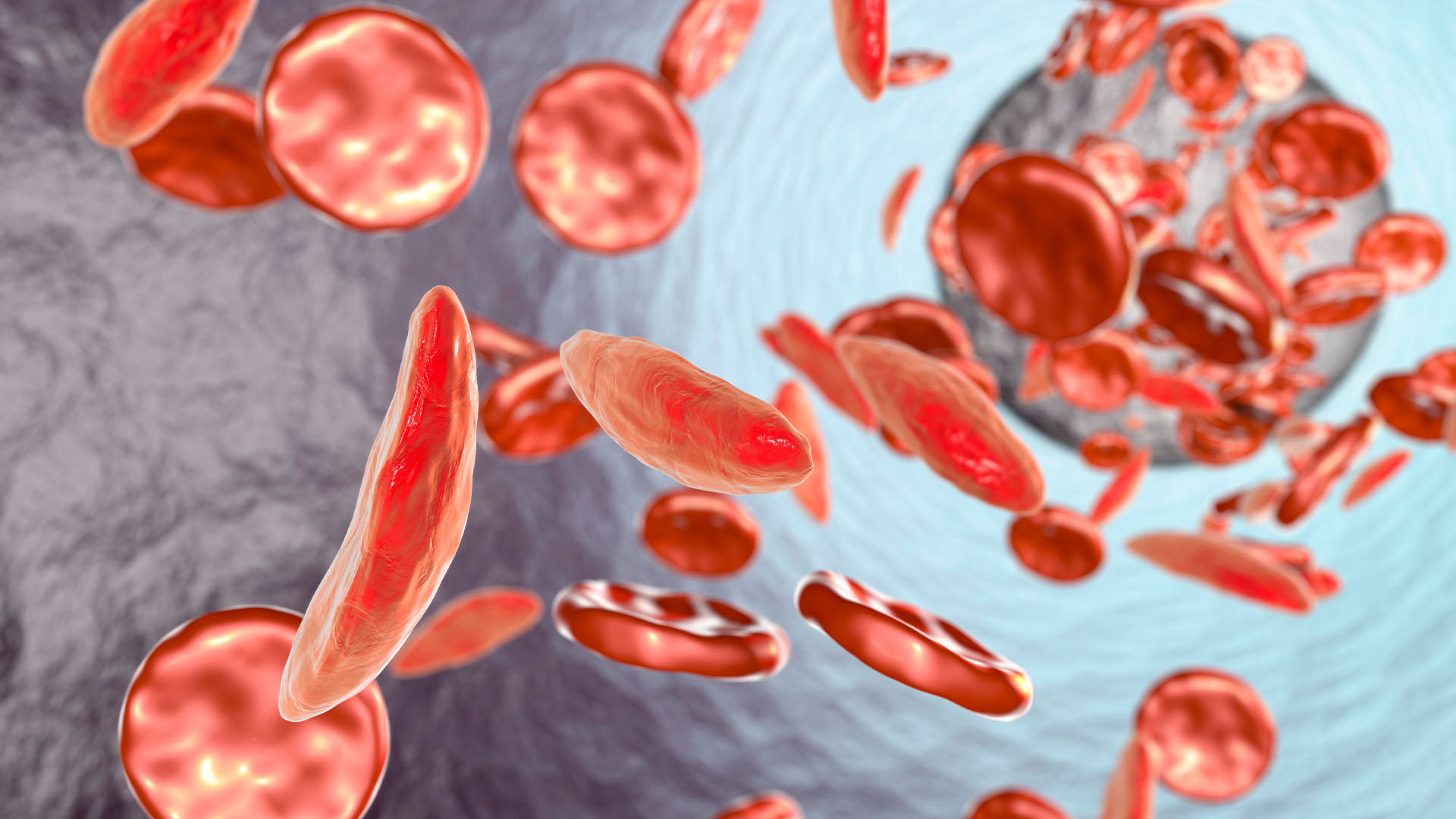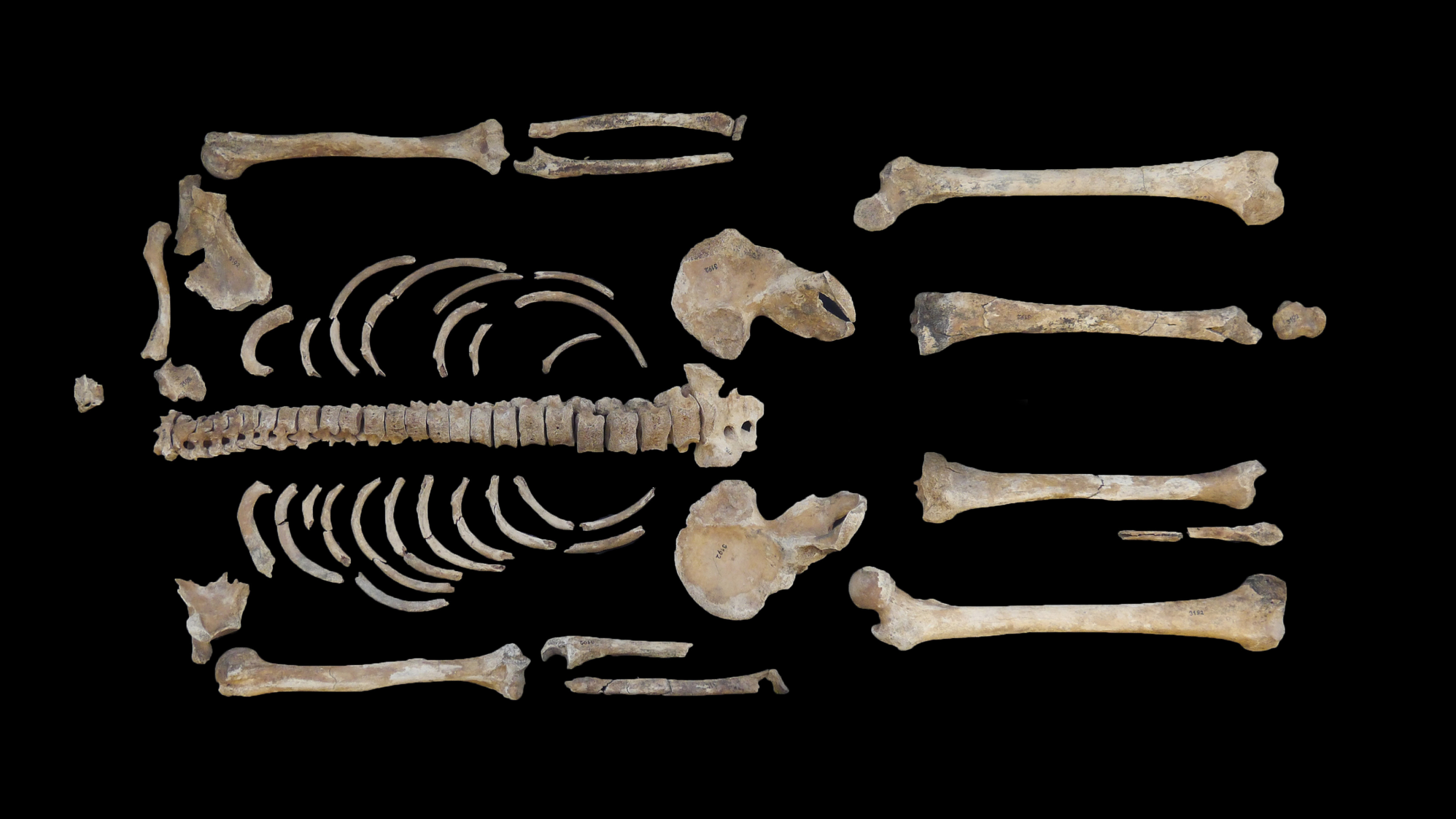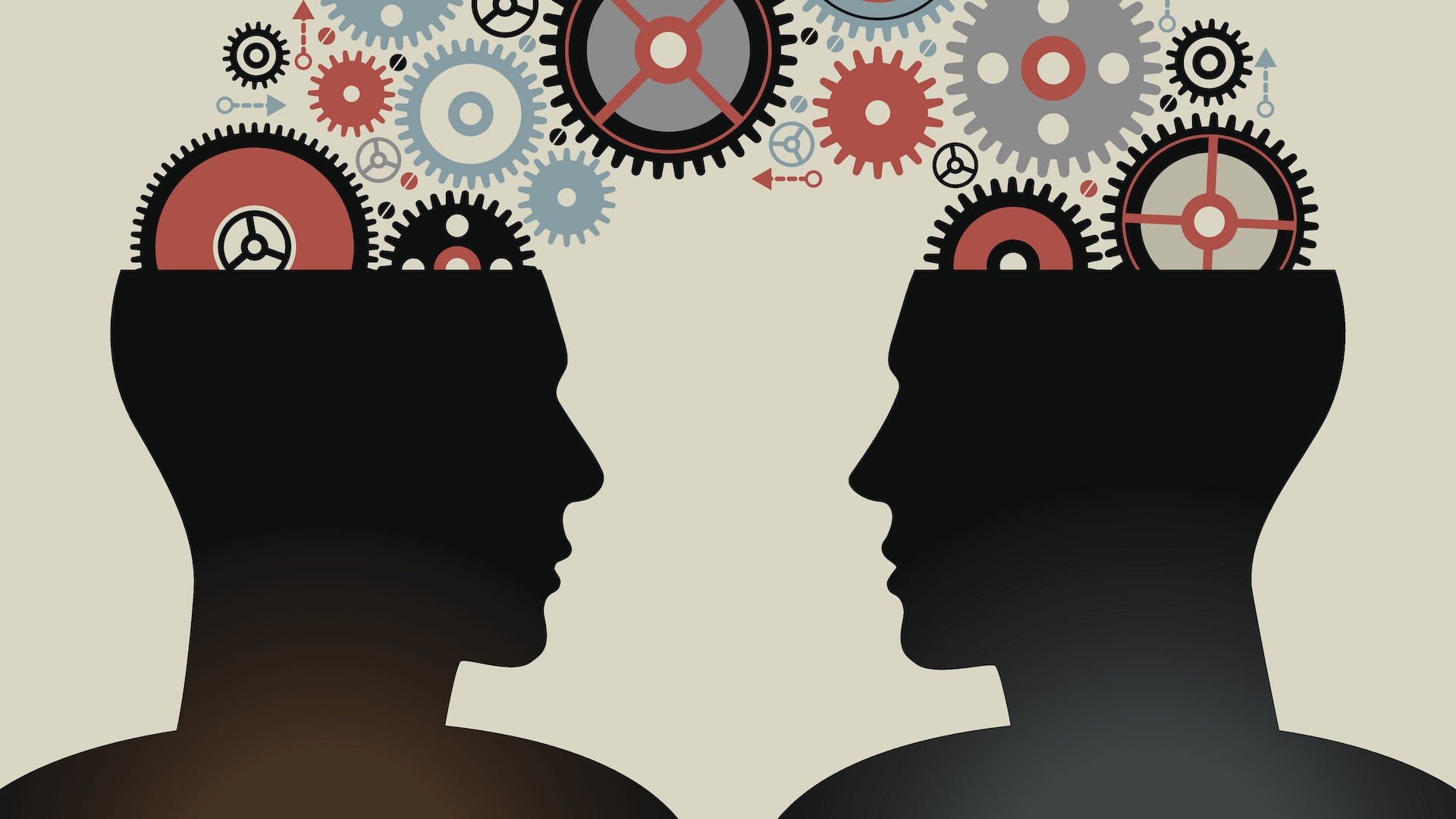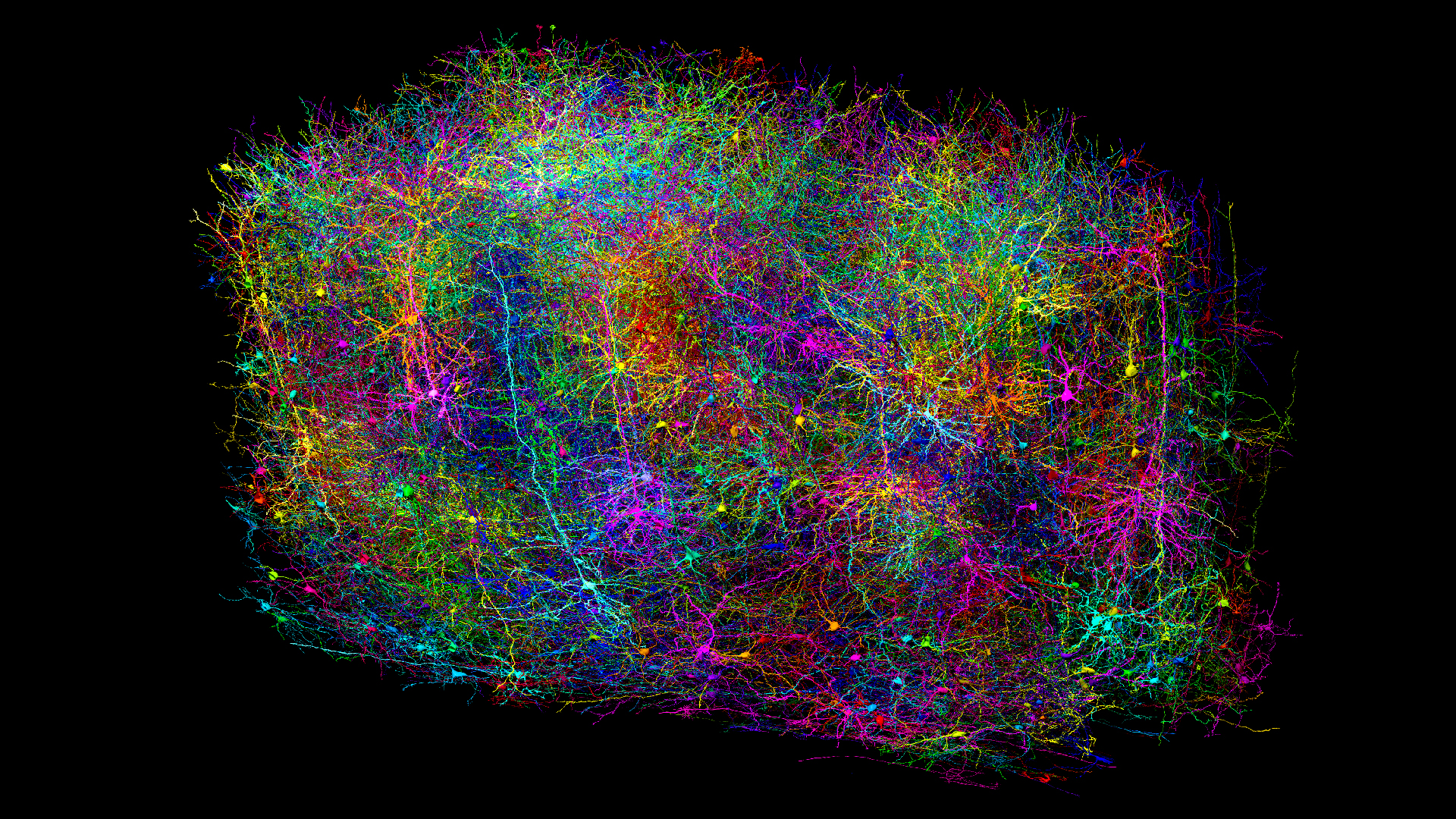What are the signs of stroke?
Learn the common warning signs of a stroke, which are essential to recognize to ensure a person gets prompt treatment.
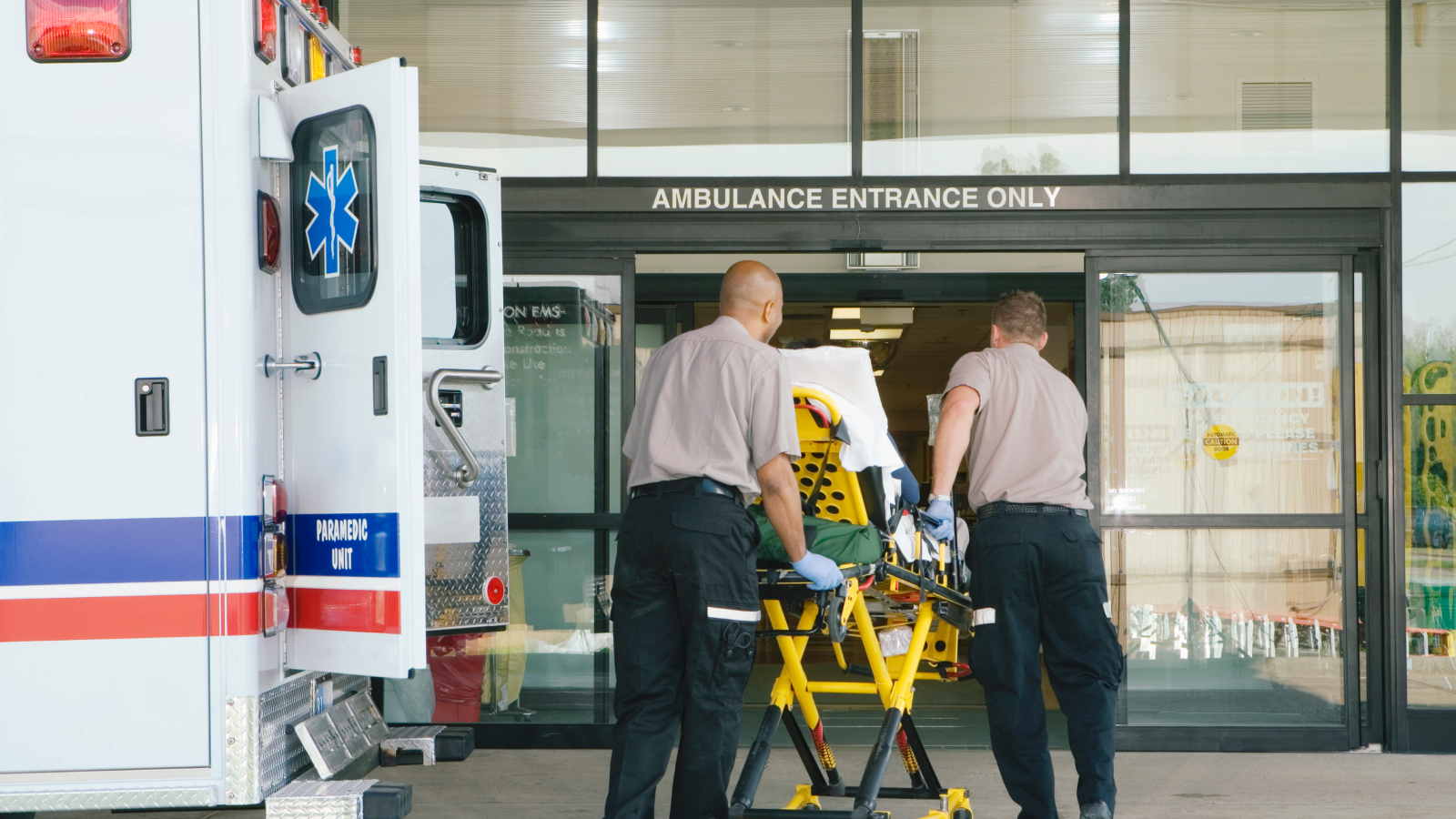
Each year, more than 795,000 people in the United States have a stroke, and many of these people die as a result.
A stroke occurs when blood flow to a part of the brain is interrupted. This can happen due to a blockage in a blood vessel, in which case it's called an ischemic stroke, or the rupture of a blood vessel, known as a hemorrhagic stroke. Both situations deprive brain cells of oxygen, causing damage that can be life-threatening or lead to long-term disability, if the person survives.
It's important to recognize the signs of stroke because prompt treatment increases a person's chance of survival and can minimize the potential damage.
"Even if symptoms seem to come and go, seeking medical attention without delay is critical," said Dr. James Lyons, a family medicine physician and medical consultant for Synergy Houses, which runs substance use recovery programs. "Time is essential in stroke treatment; getting help as quickly as possible can improve recovery outcomes," Lyons told Live Science in an email.
So what are the signs of a stroke?
Related: How long can the brain survive without oxygen?
The FAST acronym is a widely used and effective shorthand that's helpful for remembering the most common stroke symptoms. It can be used to help check yourself for signs of stroke, as well as look for signs of the condition in other people.
Sign up for the Live Science daily newsletter now
Get the world’s most fascinating discoveries delivered straight to your inbox.
F - Face drooping: If one side of the face sags or feels numb, ask the person to smile. An uneven smile may indicate a stroke.
A - Arm weakness: Difficulty raising one arm, or if the arm drifts downward when lifted, is another warning sign that a stroke has occurred.
S - Speech difficulty: Slurred or hard-to-understand speech can also signal a stroke. Asking the person to repeat a simple sentence, like "The sky is blue," can help detect this symptom.
T - Time to call 911: If you notice any of these signs, even temporarily, seek emergency medical assistance immediately.
You may also see the acronym BE FAST, which adds "balance loss" and "eyesight changes" to the list of early signs. People experiencing stroke may suddenly have issues with balance and coordination, and they may develop blurred or double vision or a sudden loss of vision.
While the FAST and BE FAST acronyms highlight common symptoms, strokes can also manifest in other ways.
Additional symptoms can include sudden confusion; numbness or weakness, particularly on one side of the body, in the face, arms or legs; or severe headache. This latter symptom is often described as the "worst headache of your life" and is associated with a particular kind of hemorrhagic stroke, called subarachnoid hemorrhage. That's when bleeding occurs between the brain and the tissues that directly cover the brain.
A given person's symptoms can vary depending on the part of the brain affected by their stroke. For example, a stroke in the brain's left hemisphere may impair speech, as well as movement on the right side of the body, while a stroke in the right hemisphere might disrupt spatial awareness and movement on the left side of the body.
Not all strokes are immediately apparent, however.
For example, transient ischemic attacks, sometimes called "mini-strokes," produce temporary symptoms that resolve within minutes or hours but serve as warning signs for a possible major stroke in the near future. Silent strokes, on the other hand, occur without noticeable symptoms but still cause brain damage that can later be detected through imaging scans.
Regular check-ups with a primary care doctor can help flag potential signs of these more-subtle strokes, as well as help patients track potential risk factors for stroke, such as blood pressure and cholesterol levels.
When signs of stroke are recognizable, quick recognition is key.
"Since strokes require immediate medical attention," Lyons said. "It is always better to assume the worst and seek emergency care if there is any doubt."
Disclaimer
This article is for informational purposes only and is not meant to offer medical advice.
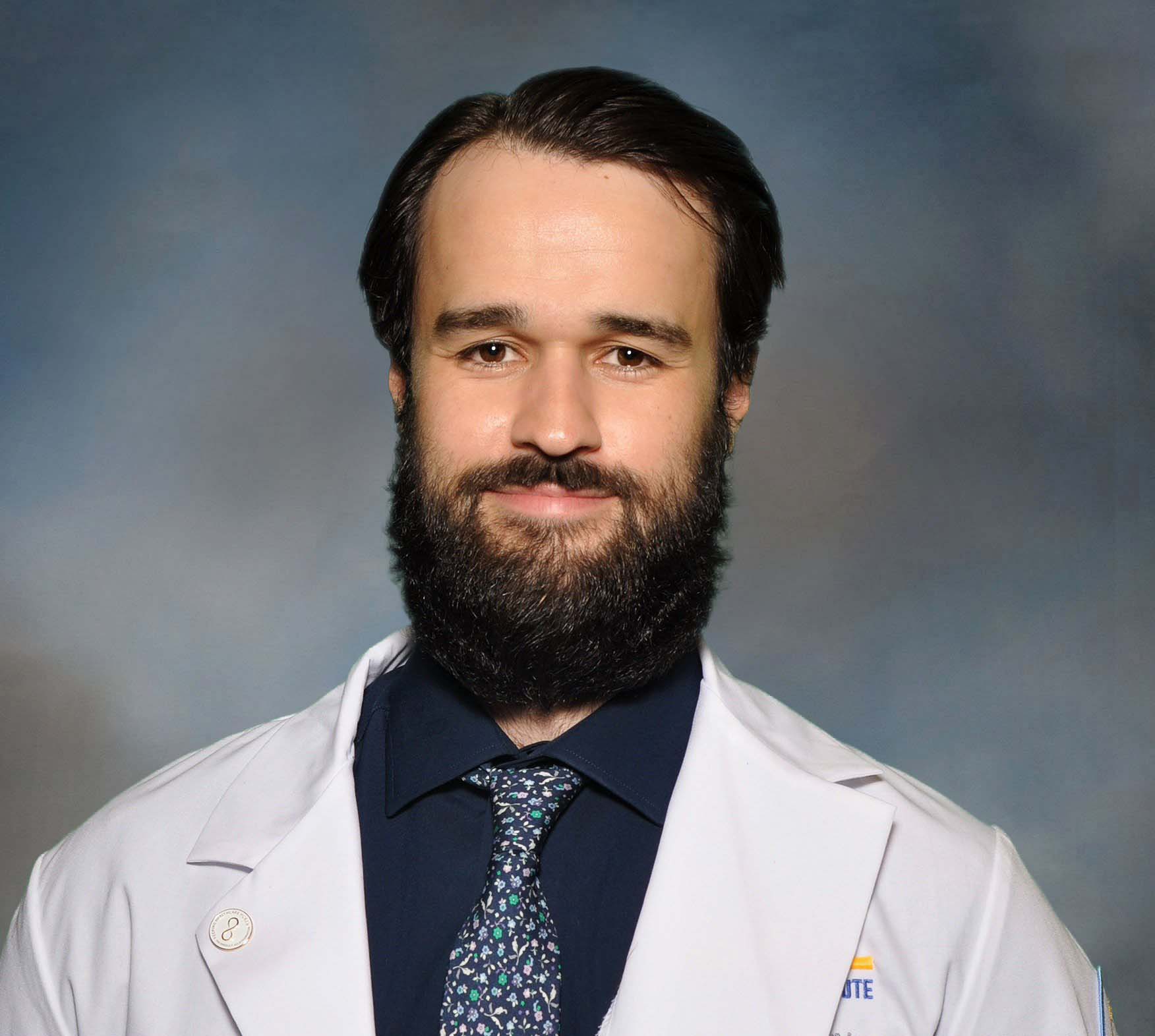
Caleb Neal studied biomedical sciences and Spanish at the University of Rhode Island for undergraduate studies and then received a Masters of Public Health (MPH) degree from Augusta University. He's currently in his final year of medical school at New York College of Osteopathic Medicine (NYITCOM) and applying for residency in Emergency Medicine for 2025. He also worked for several years for Community Healthcare Network (CHN) a public health non-profit in New York City, helping conduct research and connect patients to social services.
You must confirm your public display name before commenting
Please logout and then login again, you will then be prompted to enter your display name.
